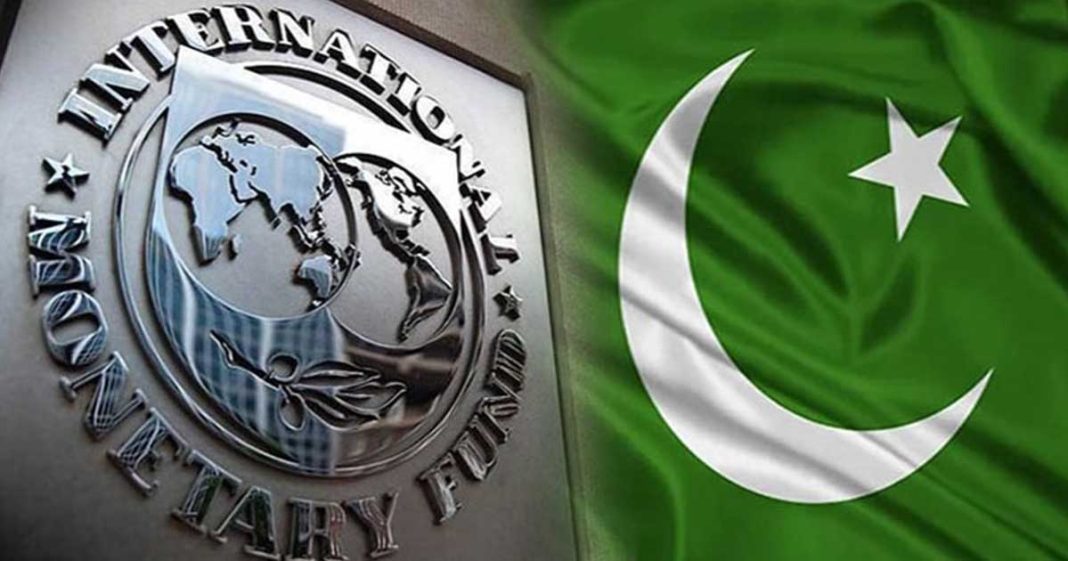By Staff Reporter
ISLAMABAD: Pakistan economic outlook has been downgraded by the International Monetary Fund (IMF), as it has revised the country’s GDP growth projection for the current financial year from 2 percent to a meager 0.5 percent.
The flagship World Economic Outlook released by the IMF on Tuesday slashed Pakistan’s GDP growth from 6 percent in the last fiscal year to a mere 0.5 percent for the current fiscal year.
The IMF has also projected that real GDP growth rate will rebound, reaching 3.5 percent of GDP in the next financial year, 2023-24.
This revision comes after the government had initially envisaged a growth rate of 5 percent for the current fiscal year, but was forced to revise this downward to 2 percent of GDP due to the devastating floods.
After the first nine months (July-March) of the current fiscal year, the IMF has projected a further downward revision to 0.5 percent for the current fiscal year, a forecast also shared by the World Bank and Asian Development Bank in their latest reports.
Inflation in Pakistan is also expected to rise significantly, with the IMF projecting that the average CPI-based inflation will stand at 27.1 percent for the current fiscal year, much higher than initial official projections of around 11 percent.
While the CPI-based inflation is expected to start receding in the next fiscal year, it will still remain elevated at 21.9 percent for the financial year 2023-24.
On the projection of the current account deficit, the IMF has forecasted that it will stand at negative 2.3 percent of GDP for the current fiscal year, compared to 4.6 percent of GDP for the last financial year.
The current account deficit has been projected at negative 2.4 percent of GDP for the next financial year. Interestingly, while the CAD was slashed down massively, the IMF is still projecting it on the higher side for the ongoing and next financial year.
The IMF has raised concerns about the exchange rates in several frontier markets, including Egypt, Ghana, and Pakistan, as they have weakened substantially due to market pressure or official devaluations.
In some cases, the divergence between official and parallel market rates has grown, according to the IMF’s Global Financial Stability Report (GFSR) also released on Tuesday.
The report stated that conditions for frontier markets have reached crisis levels, even for performing countries, due to increased global financial stress.
Market access remains an issue, with international bond spreads for frontier markets remaining high at 885 basis points, which is more than 300 basis points above their long-term average.
Distressed spreads (above 1,000 basis points) are being traded for more than 40 percent of frontier bonds maturing through 2025, and nearly 80 percent are trading at spreads of more than 700 basis points.
Furthermore, the report highlights that debt-to-GDP levels are high in both frontier and emerging markets after the pandemic compared to the last two decades.
However, frontier markets have significantly less fiscal space due to much higher interest-to-revenue ratios.
Copyright © 2021 Independent Pakistan | All rights reserved




